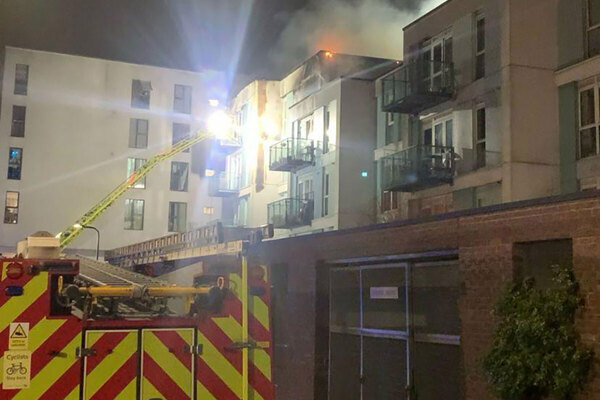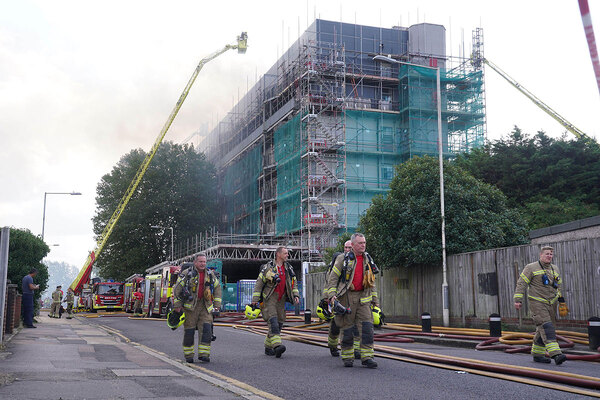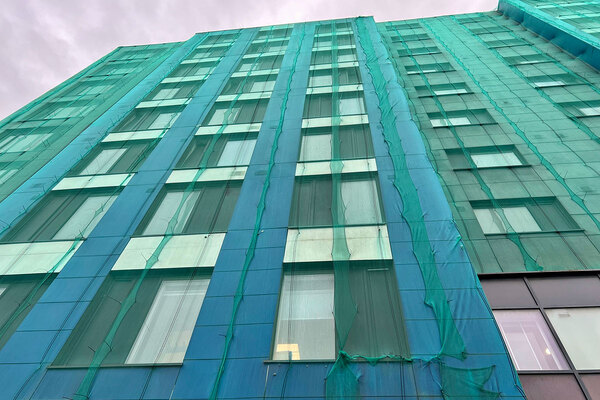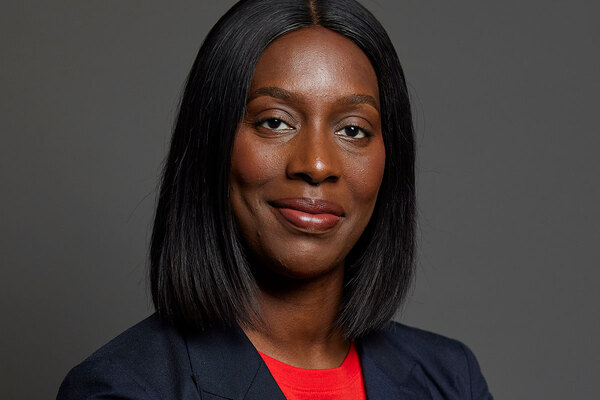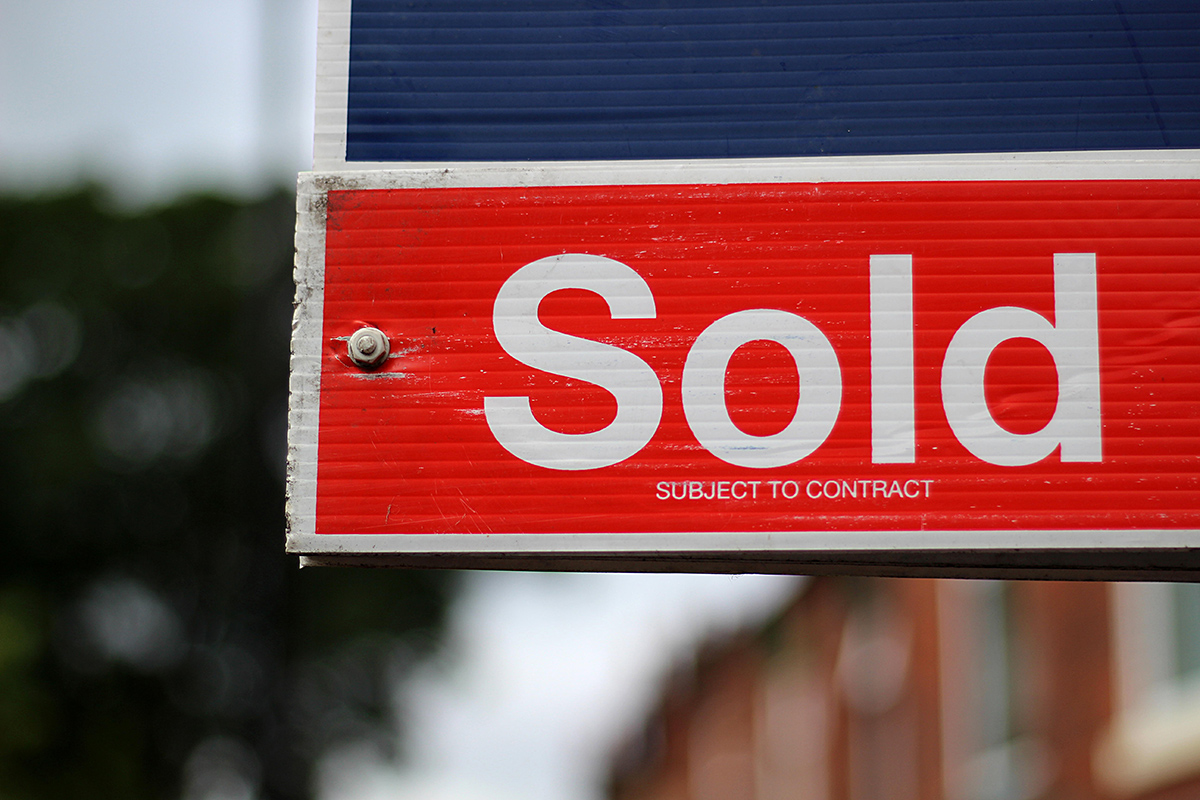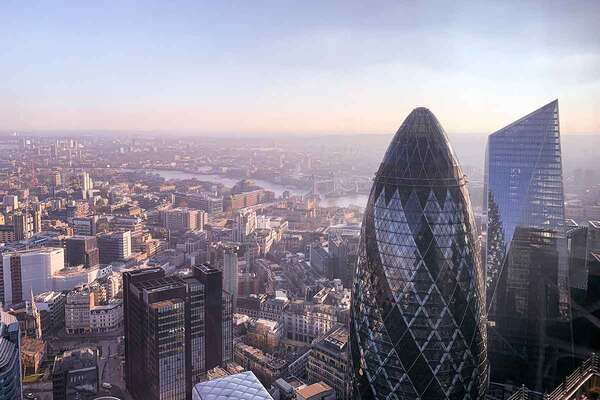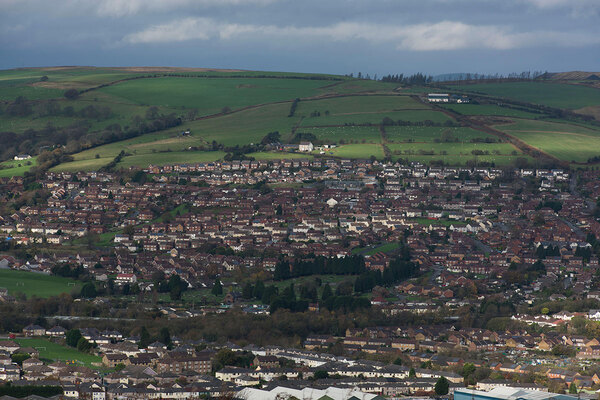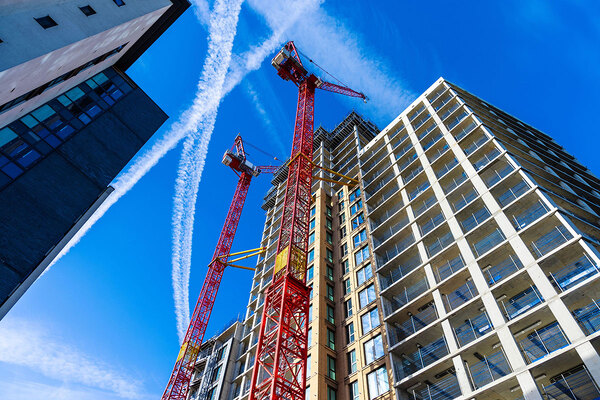You are viewing 1 of your 1 free articles
Speeding up building remediation ‘absolutely critical’, Rayner says
Angela Rayner has called for unsafe buildings to be fixed more quickly in the wake of a fire at a block of flats in Dagenham, east London, where cladding remediation work was under way.
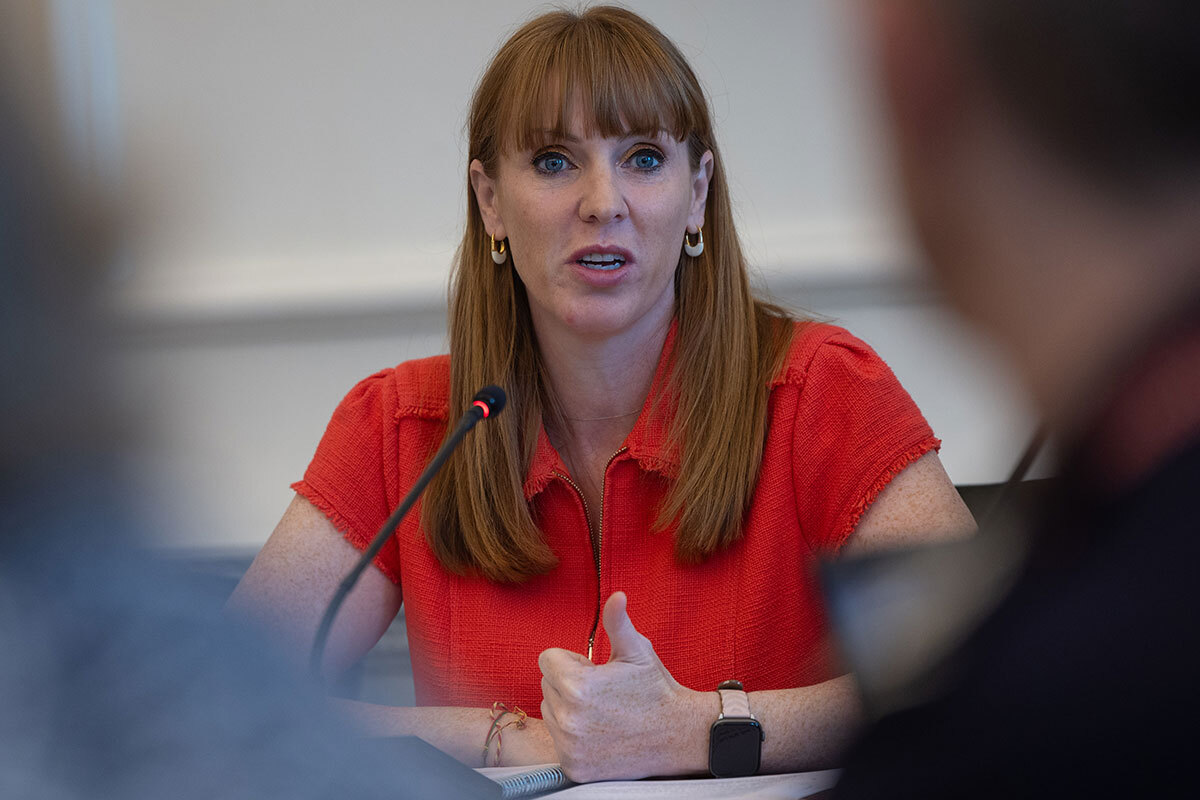
The deputy prime minister and housing secretary said that speeding up remediation work and making sure residents are safe while the work is undertaken is “absolutely critical”.
Speaking yesterday at a roundtable with building safety minister Rushanara Ali, the Building Safety Regulator and others in the sector, Ms Rayner said the government expects “more from regulators and partners to make sure action is being taken now to make homes safe”.
“Seven years on from Grenfell, action has been far too slow and the fire in Dagenham is a horrific reminder of the risk unsafe cladding still poses to far too many people,” she said.
The Dagenham fire broke out overnight on 26 August at the Spectrum Building on Freshwater Road, prompting new debate around the slow progress of remediation works.
A total of 40 fire engines and 225 firefighters tackled the blaze, which affected the whole building, including scaffolding that had been surrounding the property and its roof.
When the fire broke out, remediation work was under way to remove “non-compliant” cladding from the block, with scaffolding covering parts of the building.
Residents had already raised concerns about the safety of the building.
In February 2022, the Spectrum Building’s residents’ association submitted written evidence to parliament as part of the post-Grenfell safety legislation process.
It referenced a September 2020 external wall survey, which found that the block did not fully meet building regulations at the time of construction.
The residents’ association warned that the “stress on leaseholders living in unsafe, unsellable flats with increasing service charges for well over three years is considerable”.
Ms Ali said at the roundtable: “It is absolutely essential that central and local government, regulators and partners come together, as we have today, to drive fast and effective change to get buildings fixed, made safe and make sure residents are protected.”
Both ministers praised the bravery of the firefighters who worked to extinguish the fire.
“I would like to thank the emergency services, council and wider community for all they have done following the fire in Dagenham,” added Ms Ali, who is the Labour MP for Bethnal Green and Stepney.
Richard Parker, West Midlands mayor; Paul Dennett, deputy mayor of Greater Manchester; and Jules Pipe, deputy mayor of London, also attended the meeting, as well as representatives from the London Fire Brigade, the National Fire Chiefs Council and the Local Government Association.
In the seven years since the Grenfell Tower fire, the progress made to fix unsafe buildings has been slow.
The latest report from the Ministry of Housing, Communities and Local Government (MHCLG) recently revealed that half of the housing blocks with unsafe cladding – totalling 2,331 – have not started remediation.
A fifth of social housing blocks with life-critical fire safety cladding defects have “unclear” remediation plans, equating to nearly 500 buildings.
Sign up for our fire safety newsletter
Already have an account? Click here to manage your newsletters
